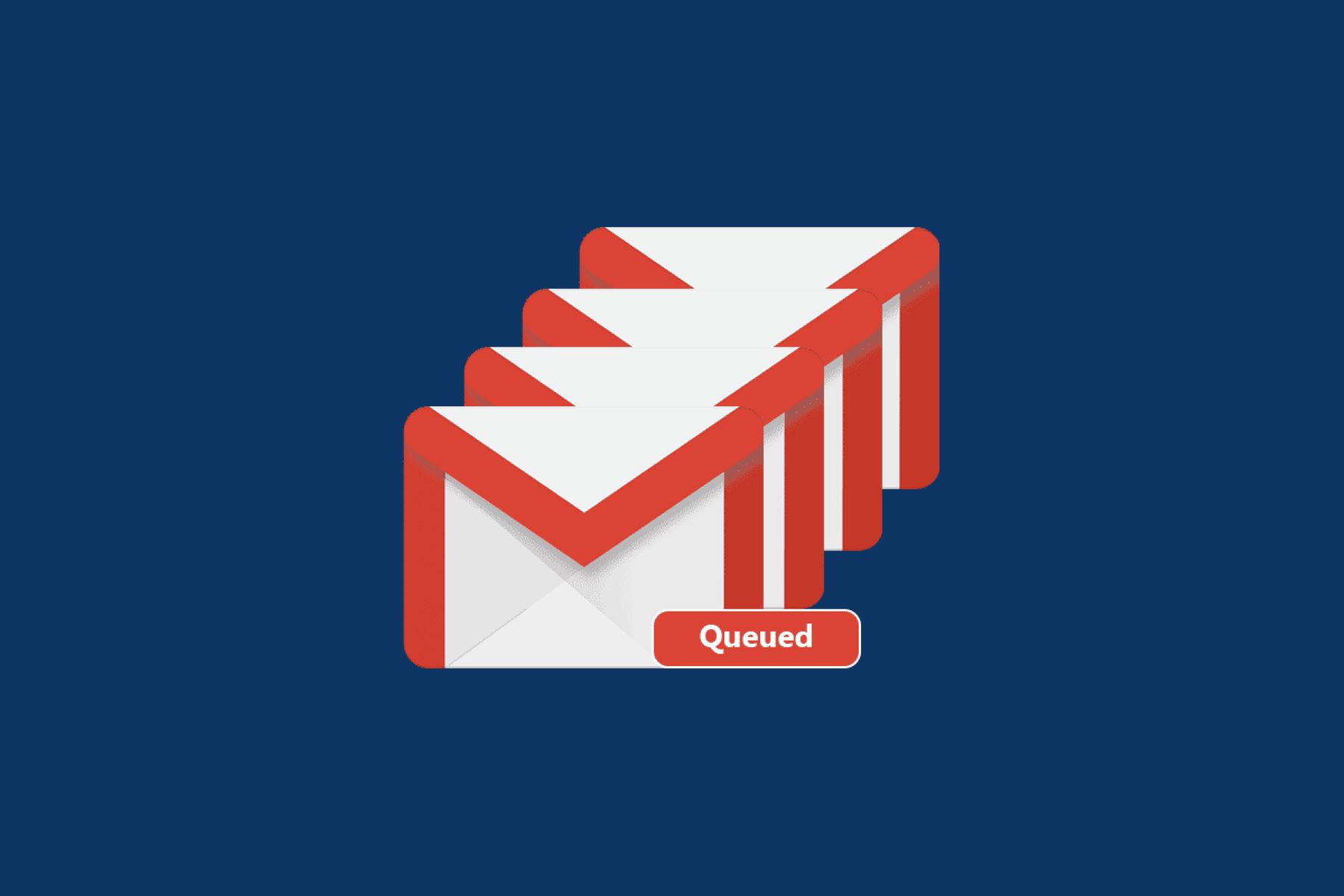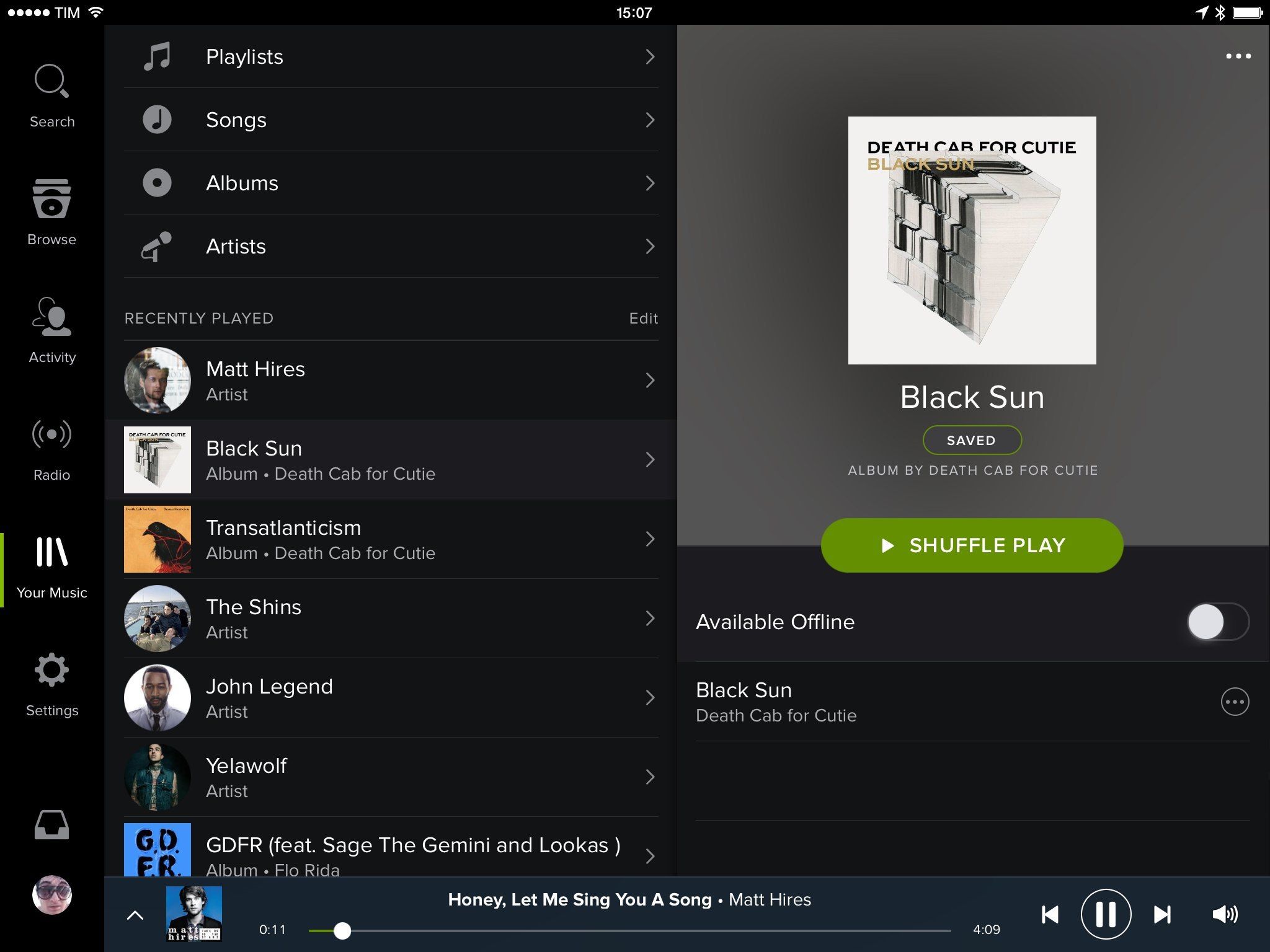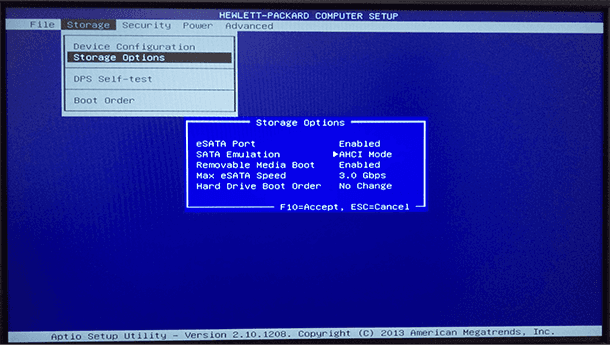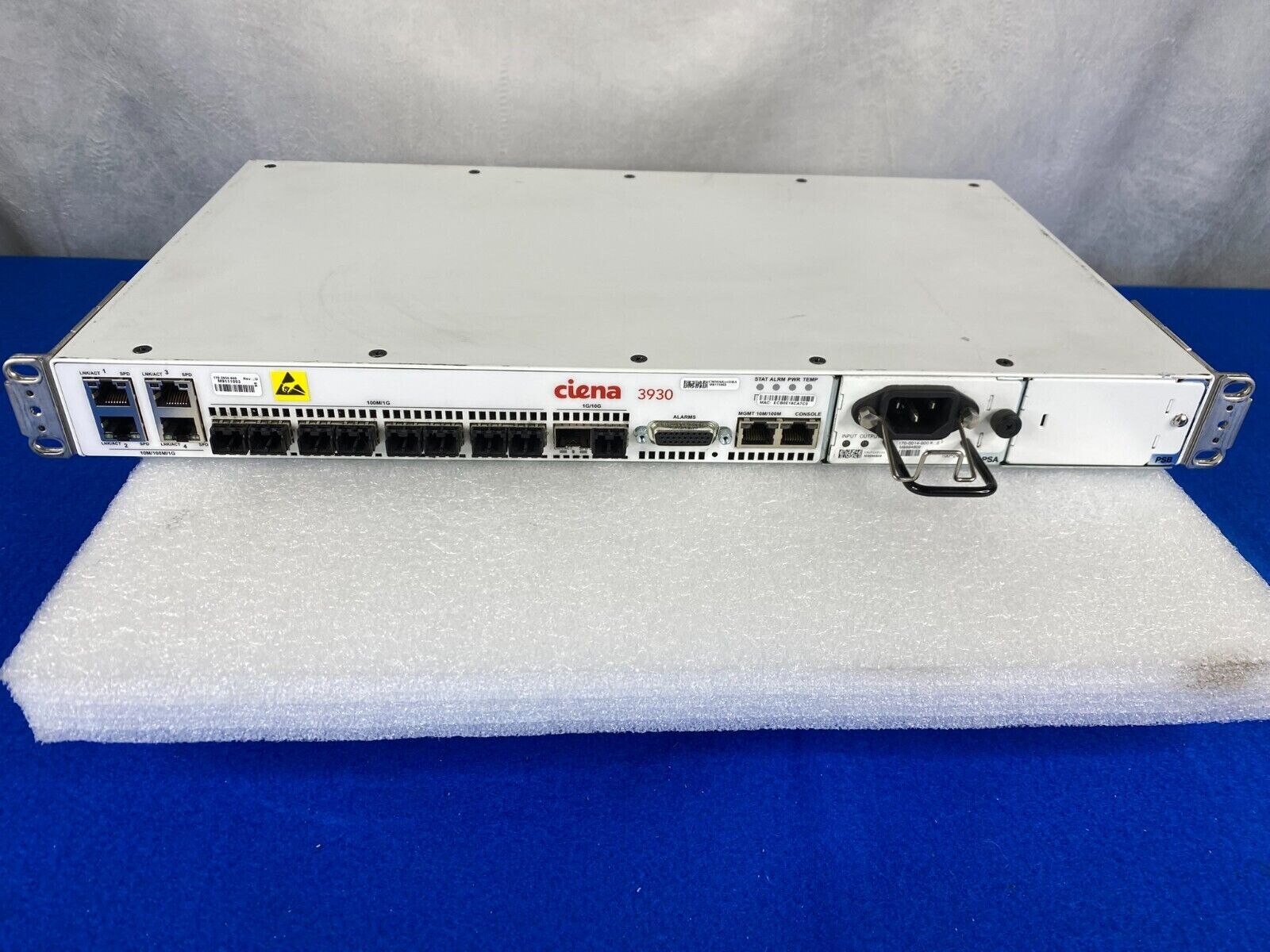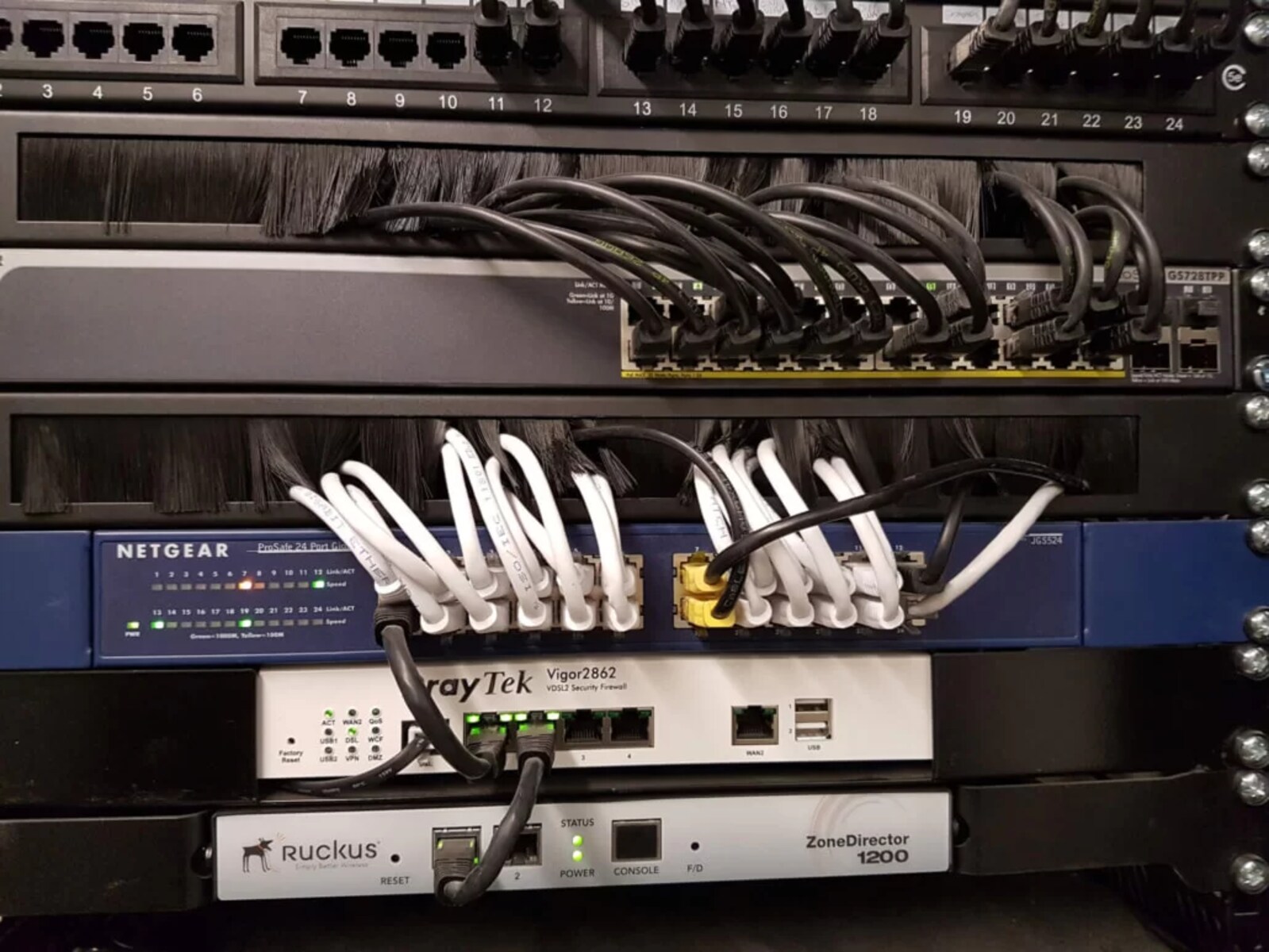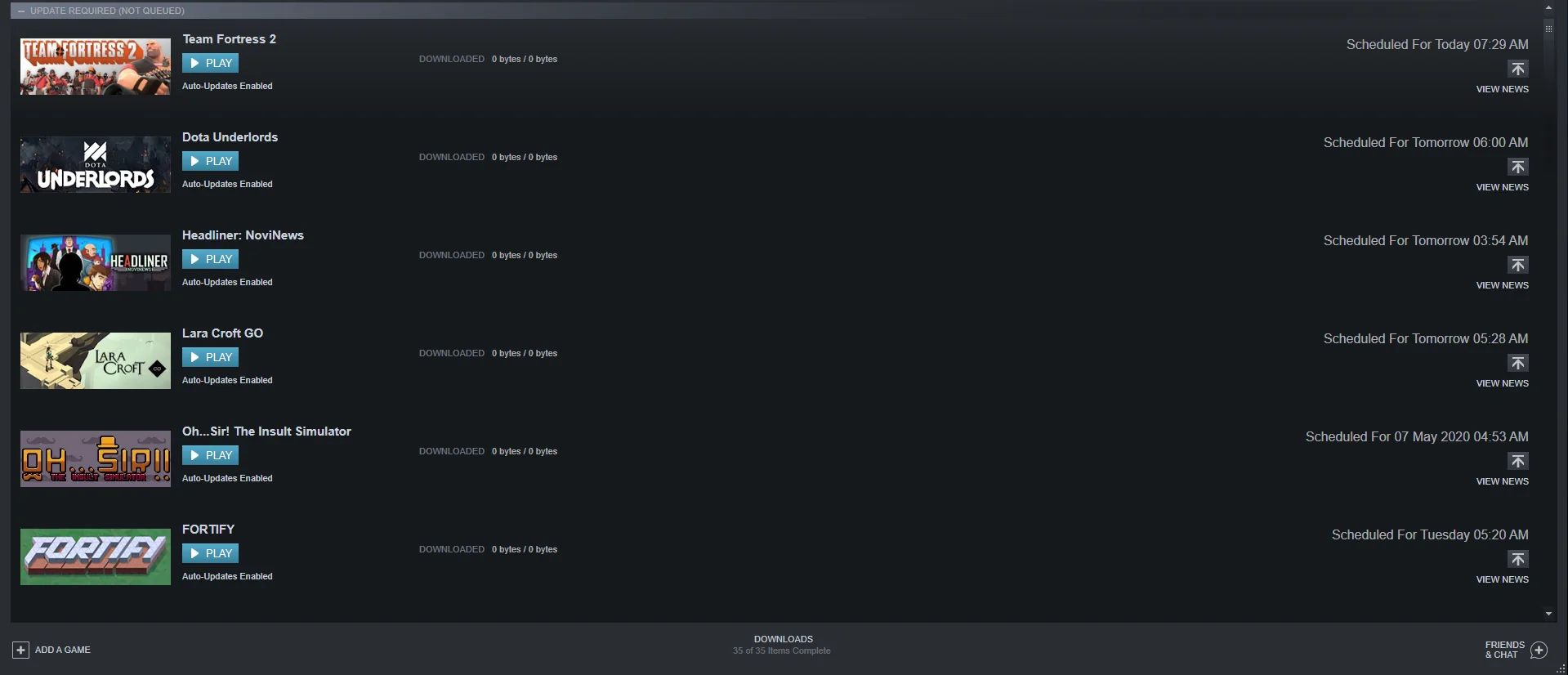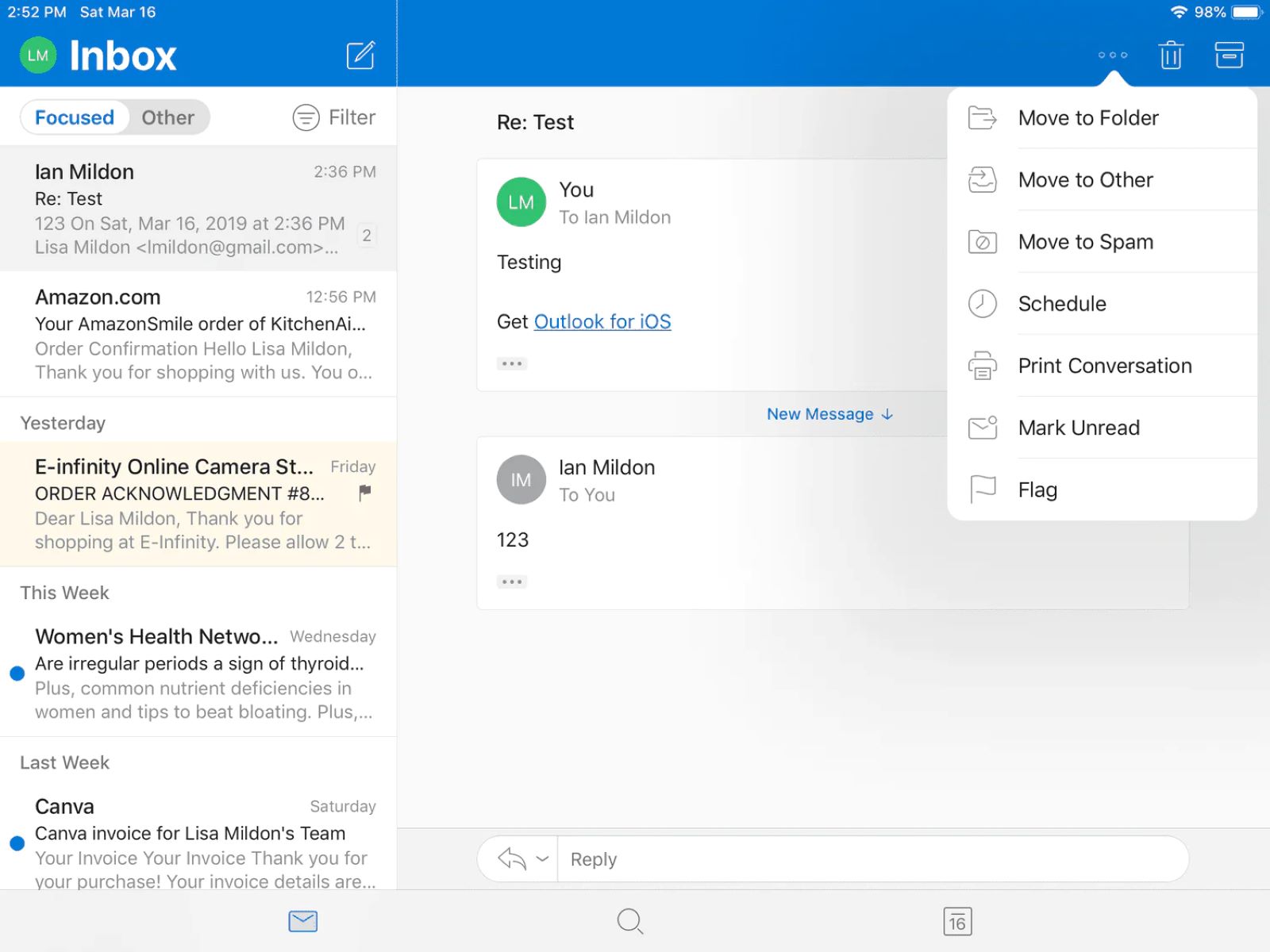Introduction
Welcome to the digital age, where email has become an indispensable communication tool for individuals and businesses alike. We rely on email for important conversations, collaboration, and sharing information. However, there are times when you might encounter a peculiar situation where an email is “queued.” What does it mean when an email is queued? This article aims to shed light on this topic and provide a better understanding of this phenomenon.
When an email is queued, it means that it has been temporarily held in a waiting state before it can be delivered to the recipient(s). This can happen due to various reasons, such as network congestion, server issues, or recipient server filtering. Understanding why this occurs and how to manage queued emails effectively is crucial for ensuring prompt and reliable communication.
In the following sections, we will delve deeper into the causes of email queuing and explore best practices for managing queued emails. Whether you are an individual handling personal emails or a business managing a large volume of correspondence, this article will equip you with the knowledge to navigate through the challenges of queued emails.
Understanding Queued Emails
Before we dive into the reasons behind email queuing and how to manage it, let’s first understand what queued emails actually are. When an email is sent, it goes through several stages before reaching its intended recipient. One of these stages is the queuing process.
Email queuing occurs when the email server holds the message in a queue, or a line, before it can be delivered. The email sits in this temporary storage until it can be processed and sent on its way. The length of time an email remains in the queue can vary based on various factors, including server load, network congestion, and delivery priority.
During the queuing process, the email server performs a series of checks and processes to ensure the email is valid, secure, and ready for delivery. This includes scanning for spam or malicious content, verifying recipient addresses, and applying any necessary filters or rules set by the sender or the recipient’s email server.
It is important to note that email queuing is a normal part of the email delivery process and is not necessarily indicative of a problem. In fact, queuing helps to manage the flow of emails and ensures that they are delivered in a controlled and efficient manner. However, excessive queuing or prolonged delays in delivery can be a cause for concern and may require investigation and troubleshooting.
Now that we have a basic understanding of queued emails, let’s explore some of the common reasons why emails get queued in the first place.
Reasons for Email Queuing
There are various factors that can lead to email queuing, causing a delay in the delivery of messages. Understanding these reasons can help us identify and address the underlying issues. Here are some common causes of email queuing:
- Network Congestion: High network traffic or congestion can slow down the sending and receiving of emails. When the email server experiences heavy loads, it may queue messages until the network activity subsides, allowing for smoother delivery.
- Recipient Server Filtering: Email servers often have filters in place to protect users from spam and potential security threats. If the recipient’s server identifies an incoming email as suspicious or potentially harmful, it may queue the message for further analysis or hold it until the sender’s reputation can be verified.
- Greylisting: Greylisting is a technique employed by some email servers to combat spam. When an email is received from a new sender, the recipient server temporarily rejects it with a specific error code. The sender’s server will then attempt to resend the email after a designated interval. This process helps determine if the sender is legitimate or if the email is being sent from a known spam source.
- Attachments and File Size: Emails with large attachments or files that exceed the recipient’s mailbox limits may get queued. The server may need additional time to process and deliver these emails, especially if it requires compressing or splitting files to meet size restrictions.
- Temporary Server Issues: Sometimes, email servers may encounter technical difficulties or undergo maintenance. During these periods, emails may be queued until the server is fully operational again.
- Misconfigured or Blocked Domains: In some cases, misconfigured DNS settings or blocked domain names can cause email queuing. When the recipient server cannot verify the sender’s domain or encounters errors in the DNS configuration, it may queue the message until the issue is resolved.
It is essential to identify the specific reason behind email queuing to implement appropriate solutions. In the next section, we will explore strategies and best practices for managing queued emails effectively.
Email Queue Management
Effectively managing email queues is crucial for ensuring timely and reliable delivery of messages. Whether you are an individual user or a business handling a large volume of emails, here are some strategies and best practices to help you manage queued emails:
- Prioritize Critical Emails: If you have emails in the queue that are time-sensitive or require immediate attention, it’s important to prioritize them. By identifying and addressing critical emails first, you can minimize any potential negative impacts or delays.
- Monitor Email Delivery Status: Keep an eye on the delivery status of your queued emails. Most email servers provide options to check the status of sent messages, including whether they are still queued or have been successfully delivered. Monitoring the status will help you stay informed and take appropriate action if necessary.
- Check for Errors or Bounced Messages: If you notice that certain emails are consistently being queued or bounce back, it may indicate an issue with the recipient’s server or your email configuration. Review any error messages or bounce notifications and take steps to rectify the problem, such as contacting the recipient’s IT support or verifying your email settings.
- Optimize Attachment Sizes: Large attachments can significantly contribute to email queuing. Consider compressing files or using cloud storage services to reduce the size of attachments. Alternatively, if feasible, provide download links for recipients to access the files instead of attaching them directly to the email.
- Configure Sender and Recipient Rules: Take advantage of email rules and filters to manage incoming and outgoing messages. By setting up sender and recipient rules, you can automate actions for specific types of emails, such as forwarding, redirecting, or categorizing them, reducing the chances of queuing.
- Consider Email Delivery Services: For businesses or organizations that rely heavily on email communication, using reputable email delivery services can be beneficial. These services often have robust infrastructure, reputation management, and advanced queue management systems in place to optimize email delivery.
- Monitor Sender Reputation: Maintaining a good sender reputation is crucial for email delivery. Regularly check for any blacklisting or reputation issues associated with your domain and take necessary steps to resolve them. This includes following email best practices, like obtaining permission before sending bulk emails and avoiding spammy practices.
By implementing these email queue management strategies, you can minimize delays and ensure a smoother flow of communication. Let’s explore some additional best practices in the next section.
Best Practices for Dealing with Queued Emails
Dealing with queued emails requires effective management and adherence to best practices. Here are some guidelines to help you handle queued emails efficiently:
- Regularly Monitor Email Queues: Stay vigilant and check your email queues regularly. This will enable you to identify any patterns, resolve issues promptly, and ensure that important messages are not left waiting for too long.
- Optimize Email Server Performance: Ensure that your email server is properly configured and optimized for performance. This includes allocating sufficient resources, implementing caching mechanisms, and regularly updating server software to minimize queuing issues.
- Implement Email Delivery Notifications: Set up notifications or alerts for queued emails. This way, you can be informed in real-time when emails get queued, allowing you to take appropriate action or investigate the cause of the queuing.
- Encourage Recipients to Whitelist Your Domain: Request that recipients add your domain to their whitelist or approved sender list. This helps ensure that your emails bypass any recipient filters, reducing the chances of queuing or getting marked as spam.
- Review and Optimize Email Templates: Take the time to review and optimize your email templates to ensure they are efficient and lightweight. Minimize the use of excessive images, embedded content, or unnecessary HTML code that could lead to queuing or increased delivery times.
- Employ Email Delivery Services: Consider using reliable email delivery services that specialize in managing queued emails and maximizing deliverability. These services often have advanced queue management systems and infrastructure in place to optimize email delivery and minimize queuing issues.
- Monitor and Analyze Email Metrics: Keep track of email performance metrics, such as open rates, click-through rates, and bounce rates. These metrics can provide insights into the effectiveness of your email campaigns and help identify any queuing-related issues that may need to be addressed.
- Test Email Sending with Different SMTP Servers: If you consistently experience email queuing, it may be worth testing different SMTP (Simple Mail Transfer Protocol) servers or providers. Sometimes, changing the provider can result in better email delivery rates and reduced queuing.
- Stay Informed About Email Best Practices: Stay updated with the latest email best practices, recommendations, and industry standards. Keeping abreast of changes and trends will help you adapt your email strategies and mitigate any potential queuing problems.
By following these best practices, you can optimize your email management, reduce queuing instances, and enhance the efficiency and reliability of your email communications.
Conclusion
Email queuing is a normal part of the email delivery process, and understanding its causes and how to manage it is essential for effective communication. In this article, we have explored the concept of queued emails, delved into the reasons behind email queuing, and discussed best practices for managing queued emails.
We learned that email queuing occurs when an email is temporarily held in a queue before being delivered to the recipient. Network congestion, recipient server filtering, attachment sizes, and temporary server issues are some common causes of email queuing.
To effectively manage email queues, it is important to prioritize critical emails, monitor their delivery status, optimize attachment sizes, configure sender and recipient rules, and consider using email delivery services. Regularly monitoring email queues, optimizing the email server performance, and encouraging recipients to whitelist your domain are also crucial for minimizing queuing issues.
By implementing these strategies and adhering to best practices, you can expedite email delivery, reduce delays, and ensure that your messages reach their intended recipients promptly.
Remember, email queuing is not always indicative of a problem, but excessive queuing or prolonged delays may require further investigation and troubleshooting. Stay informed about email best practices and industry standards to adapt your email strategies and mitigate any potential queuing-related issues.
By effectively managing queued emails, you can enhance your communication workflows and maintain reliable and efficient email correspondence.







